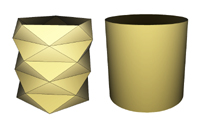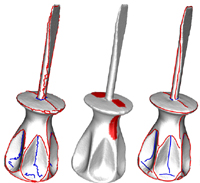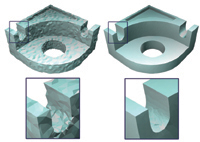Klaus Hildebrandt
Associate Professor
Computer Graphics and Visualization Group
Delft University of Technology
EEMCS - Dept. Intelligent Systems
Van Mourik Broekmanweg 6, 2628 XE Delft
Room W 5.620
Email: k.a.hildebrandt -at- tudelft -dot- nl
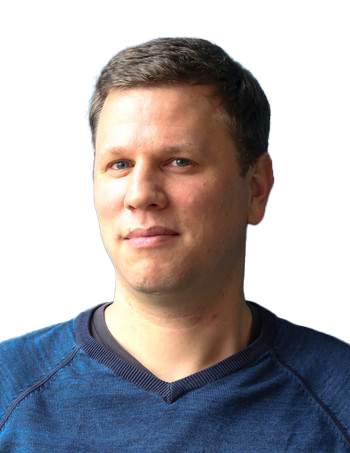
Short Resume
I am an Associate Professor in the Department of Intelligent Systems at Delft University of Technology. Prior to this, I was a Senior Researcher at the Max Planck Institute for Informatics in Saarbrücken, where I led the Applied Geometry group. I received my PhD from the Free University Berlin.
My research interests include Visual Computing, Geometric Data Processing, Physical Simulation, and Computational and Discrete Differential Geometry. My work has been recognized with several best paper awards at international conferences including Eurographics, ACM UIST, Eurographics/ACM SIGGRAPH Symposium on Geometry Processing, and Solid Modeling International. I co-chaired the Eurographics Symposium on Geometry Processing in 2017 and the Eurographics State-of-the-Art Reports program in 2018. I serve as associate editor of Computer Graphics Forum, Graphical Models, and Computer Animation and Virtual Worlds. Moreover, I am a Junior Fellow of the European Association of Computer Graphics (Eurographics).
Teaching
Courses I teach regularly at TU Delft:
- Geometric Data Processing
- 3D Visual Computing
- Seminar Computer Graphics
- Research Methodology for Data Science (until 2024)
- Visual Data Processing
I serve as Director of Studies of the master's program Computer Science at TU Delft.
Publications
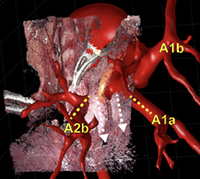
J. J. Peek, X. Zhang, K. Hildebrandt, S. A. Max, A. H. Sadeghi, A. J. J. C. Bogers, E. A. F. Mahtab
International Journal of Computer Assisted Radiology and Surgery (Springer), 2024
[video][doi]
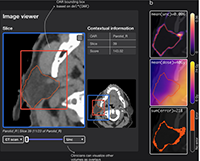
Nicolas F. Chaves-de-Plaza, Prerak Mody, Klaus Hildebrandt, Marius Staring, Eleftheria Astreinidou, Mischa de Ridder, Huib de Ridder, Anna Vilanova, René van Egmond
Cognition, Technology & Work (Springer), 2024
[doi]
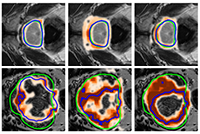
Prerak Mody, Nicolas F. Chaves-de-Plaza, Chinmay Rao, Eleftheria Astrenidou, Mischa de Ridder, Nienke Hoekstra, Klaus Hildebrandt, Marius Staring
Journal of Machine Learning for Biomedical Imaging, 2024
[doi]
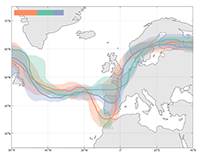

Prerak Mody, Merle Huiskes, Nicolas F. Chaves-de-Plaza, Alice Onderwater, Rense Lamsma, Klaus Hildebrandt, Nienke Hoekstra, Eleftheria Astreinidou, Marius Staring and Frank Dankers
Physics and Imaging in Radiation Oncology, 2024
[preprint][doi]
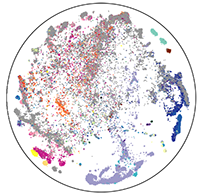


Ruben Wiersma, Ahmad Nasikun, Elmar Eisemann, Klaus Hildebrandt
ACM SIGGRAPH 2023
[preprint][project page][supplementary material][code][doi]
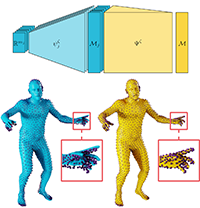
Josua Sassen, Klaus Hildebrandt, Martin Rumpf, Benedikt Wirth
ICLR 2023 spotlight paper (notable top 25%)
[preprint]
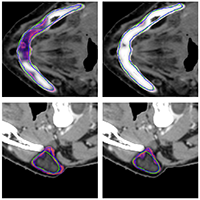
Prerak Mody, Nicolas Chaves-de-Plaza, Klaus Hildebrandt, Marius Staring
Uncertainty for Safe Utilization of Machine Learning in Medical Imaging, MICCAI 2022 workshop, Lecture Notes in Computer Science (volume 13563)
[preprint][doi]
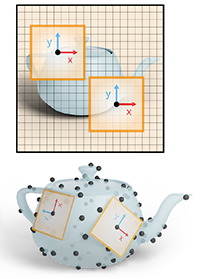
Ruben Wiersma, Ahmad Nasikun, Elmar Eisemann, Klaus Hildebrandt
ACM Transactions on Graphics 41(4) (ACM SIGGRAPH 2022)
[preprint][code][project page][doi]
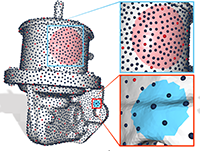
Ahmad Nasikun, Klaus Hildebrandt
ACM Transactions on Graphics 41(2) Article 17, 2022
[preprint][supplementary material][doi]
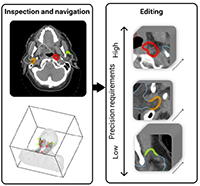
Nicolas F. Chaves-de-Plaza, Prerak Mody, Klaus Hildebrandt, Marius Staring, Eleftheria Astreinidou, Mischa de Ridder, Huib de Ridder, René van Egmond
Human Factors and Ergonomics Society Europe Chapter Annual Conference 2022
[proceedings]

Wouter Raateland, Torsten Hädrich, Jorge Alejandro Amador Herrera, Daniel Banuti, Wojciech Palubicki, Sören Pirk, Klaus Hildebrandt, Dominik Michels
Proc. ACM Comput. Graph. Interact. Tech. (I3D 2022)
[preprint][supplementary material][video][code][doi]
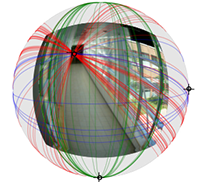
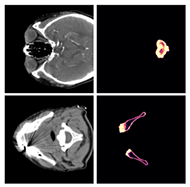

Josua Sassen, Klaus Hildebrandt, Martin Rumpf
Computer Graphics Forum 39(5) (Symposium on Geometry Processing 2020)
[preprint][video][presentation][doi]
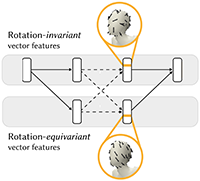
Ruben Wiersma, Elmar Eisemann, Klaus Hildebrandt
ACM Transactions on Graphics 39(4) (ACM SIGGRPAH 2020)
[preprint][code][project page][doi]

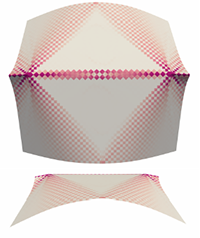
Josua Sassen, Behrend Heeren, Klaus Hildebrandt, Martin Rumpf
Computer Aided Geometric Design 77, 2020
[preprint][supp. document][video][doi]
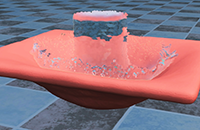
Christopher Brandt, Leonardo Scandolo, Elmar Eisemann, Klaus Hildebrandt
ACM Transactions on Graphics 38(6) (ACM SIGGRPAH Asia 2019)
[preprint][video][video (low res.)][code][doi]
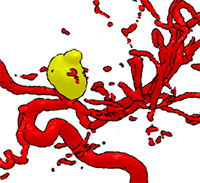
Kai Lawonn, Monique Meuschke, Ralph Wickenhoefer, Bernhard Preim, Klaus Hildebrandt
Computer Graphics Forum 38(3) (EuroVis 2019), pages 413–425
[preprint][video][supp. document][doi]
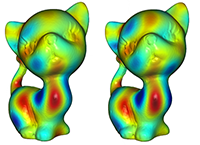
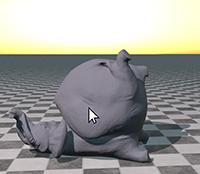
Christopher Brandt, Elmar Eisemann, Klaus Hildebrandt
ACM Transactions on Graphics 37(4) Article 80 (ACM SIGGRAPH 2018)
[preprint][video][video (low res.)][supp. material][demo][code][doi]
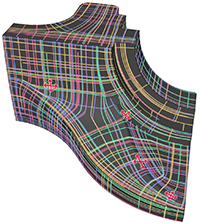
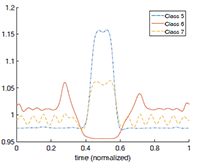
Jeroen Peperkamp, Klaus Hildebrandt, Cynthia C. S. Liem
Proceedings of International Society for Music Information Retrieval Conference (ISMIR) 2017 - Selected for oral presentation
[paper]
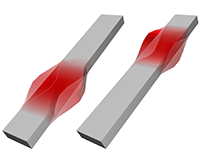
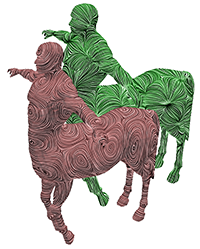
Christopher Brandt, Leonardo Scandolo, Elmar Eisemann, Klaus Hildebrandt
Computer Graphics Forum 36(6), pages 338–353, 2017 - Presented at Eurographics 2017
[preprint][video][supp. material][doi]
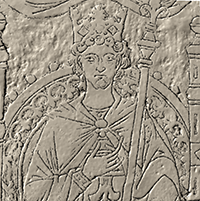
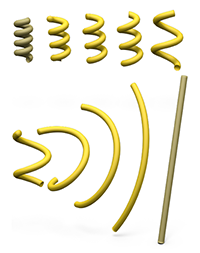
Philipp von Radziewsky, Elmar Eisemann, Hans-Peter Seidel, Klaus Hildebrandt
Computers & Graphics 58 (Shape Modeling International 2016), pages 128–138
Best Paper Award at Shape Modeling International 2016
[preprint][video][doi]
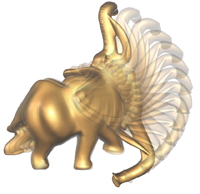
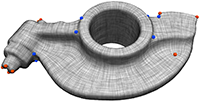
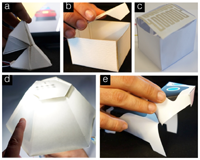
Simon Olberding, Sergio Soto Ortega, Klaus Hildebrandt, Jürgen Steimle
ACM Symposium on User Interface Software and Technology (UIST) 2015
Best Paper Award at UIST 2015
Selected for the UIST reprise session at SIGGRAPH 2016
[preprint][video][doi]
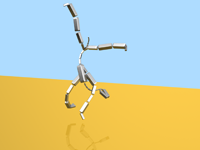
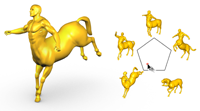
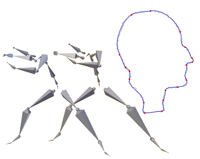
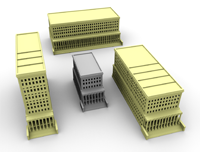
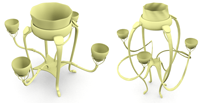
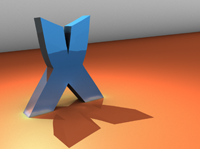
Christian Schulz, Christoph von Tycowicz, Hans-Peter Seidel, Klaus Hildebrandt
ACM Transactions on Graphics 33(4) (SIGGRAPH 2014) Article No. 109
[preprint][video][supplementary material][doi]
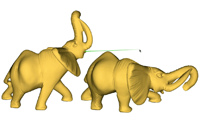
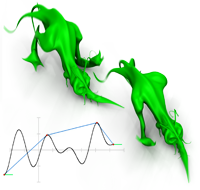
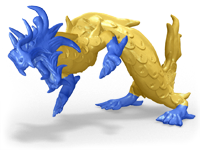

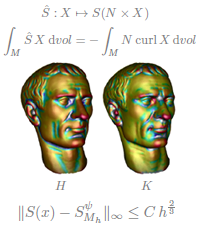
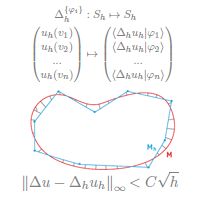
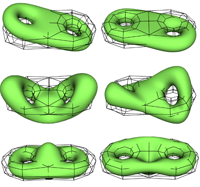
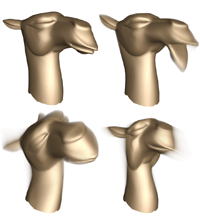
Klaus Hildebrandt, Christian Schulz, Christoph von Tycowicz, Konrad Polthier
Advances in Geometric Modeling and Processing, Lecture Notes in Computer Science 6130, Springer, pages 296–314.
Proceedings of Geometric Modeling and Processing 2010
[preprint][doi]

